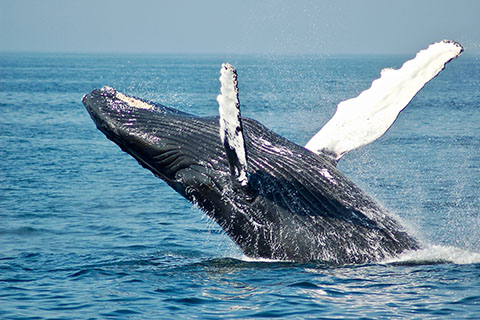Marine Mammal Stranding
Mentor:
Amy Brossard
Amy Brossard is the acting Assistant Stranding Coordinator for the Southeast Region. Amy volunteered and worked for various partners prior to her current position, including FWC, Clearwater Marine Aquarium (CMA) and the Harbor Branch Oceanographic Institute (HBOI). She led teams of volunteers at both CMA and HBOI, which allowed her to develop mentorship skills. She regularly conducts classroom presentations for Dr. Jill Richardson’s classes at UM’s Rosenstiel School of Marine and Atmospheric Science and a few students she helped mentor in the past are now working at various stranding response organizations throughout the Southeast region.
Format:
This is a remote/virtual internship with some possibility of office or fieldwork if interested.
Brief description:
The NOAA Fisheries Marine Mammal Health and Stranding Response Program (MMHSRP) coordinates the collection of data regarding injured, distressed, sick and deceased marine mammals. NOAA and CIMAS staff at the Southeast Fisheries Science Center ensure that stranding data collected in the southeast (TX, LA, MS, AL, FL, SC, NC) are entered into the National MMHSRP database accurately and in a timely manner. Of particular importance is understanding cases of human impacts to marine mammals to inform research and management actions. The Southeast Region stranding program is seeking an intern to assist with tracking incoming data and mining historic data. Duties may include filing incoming stranding emails, forms and images and entering the information into a shared spreadsheet in real time; searching database queries for human interaction (HI) cases to categorize the type of HI (ingestion, entanglement, vessel interaction, etc.) and the creation of graphs, charts and maps to answer questions such as:
- How many strandings in the past 5, 10, 20 years involved human interaction?
- What type of HI was involved in the various strandings?
- How many large whale strandings included human interaction?
- Of the live stranded animals in the past 5,10, 20 years, how many were relocated, released at site, died on site, were euthanized, sent to rehab, etc.?
- Where did strandings occur by species for last 5, 10, 20 years. (create map)
- Additional charts and maps as time allows





